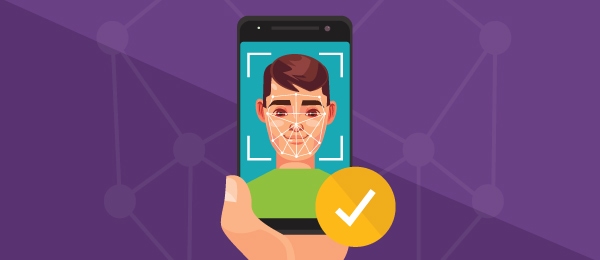
Consumers are increasingly using their mobile devices to create new online accounts and to access those accounts and online services on the go. That’s why it’s not surprising that face-based biometrics are now taking the place of fingerprints, PINs and even passwords. Counterpoint Research suggests that more than one billion smartphones will have some form of a face unlock solution in 2020.
As more and more people unlock their phone with their face (via Apple’s Face ID), it’s paving the way for face-based biometrics because of the growing familiarity and confidence people are experiencing first-hand. In fact, 74 percent of global consumers are more confident that physical biometrics will protect their information over passwords, up from 43 percent, according to new research by Experian.
Using selfie-based authentication to prove a user’s digital identity takes only a matter of seconds and leverages biometric-based 3D face maps to deliver a significantly more reliable authentication experience than passwords, SMS-based two-factor authentication and traditional knowledge-based authentication. Our new infographic (look below) explains how selfie-based authentication works and why your business should consider it. And if you want to learn more about the connection between selfie-based authentication and how to achieve end-to-end identity verification and authentication in today’s digital world, download our new e-book.

